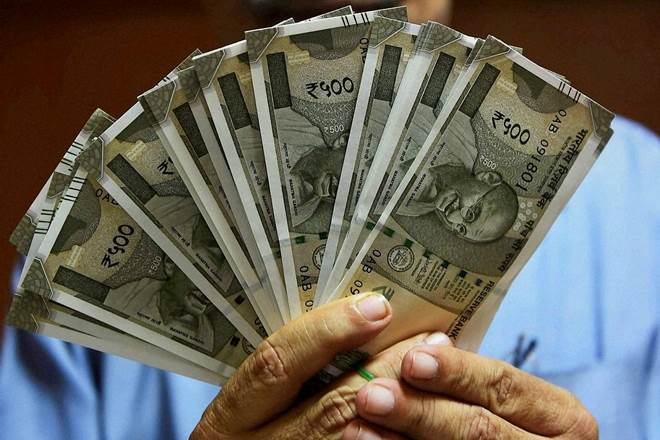While cash is still the king, it is increasingly being seen as an asset used to store value rather than a mode of payment, according to an RBI study. In the last five years, there has been a higher demand for high value denominated notes, which may indicate that “cash is increasingly used as a store of value and less for making payments”, the Reserve Bank of India said in its study on the progress of digitisation from cash to electronic. Further, after demonetisation in November 2016, there is a visible shift to digital payments. “Although cash is deeply embedded in the payment systems in India, planned efforts post-demonetisation have shown a marked shift from cash to digital payments,” the central bank added.
Why cash and digital payments may co-exist
While Prime Minister Narendra Modi aims to make India a cashless society, both cash and digital payments serve their own purposes and hence might co-exist. Cash and non-cash payment modes fulfill unique needs and till the time these requirements do not change, both types of payment instruments are required to fulfill needs of the payee,” RBI said. However, cash economy has undergone a massive change owing to growing use of retail digital payments and reconstruction of the cash economy. “This is evidenced by the steep growth observed in the retail digital payments. Increasing acceptance and convenience of digital payments vis-à-vis cash is also reflected in decrease in average value per digital payment transaction,” it added.
Meanwhile, the digital payments in the country have spiked by CAGR of 61% by volume and 19% by value over the past five years. People are using their cards for making payments, as opposed to merely cash withdrawals. The digital payments in the country are levered by several factors such as speed, convenience and competition. Prime Minister Narendra Modi’s demonetisation move was a major push to India’s adoption of digital payments.

